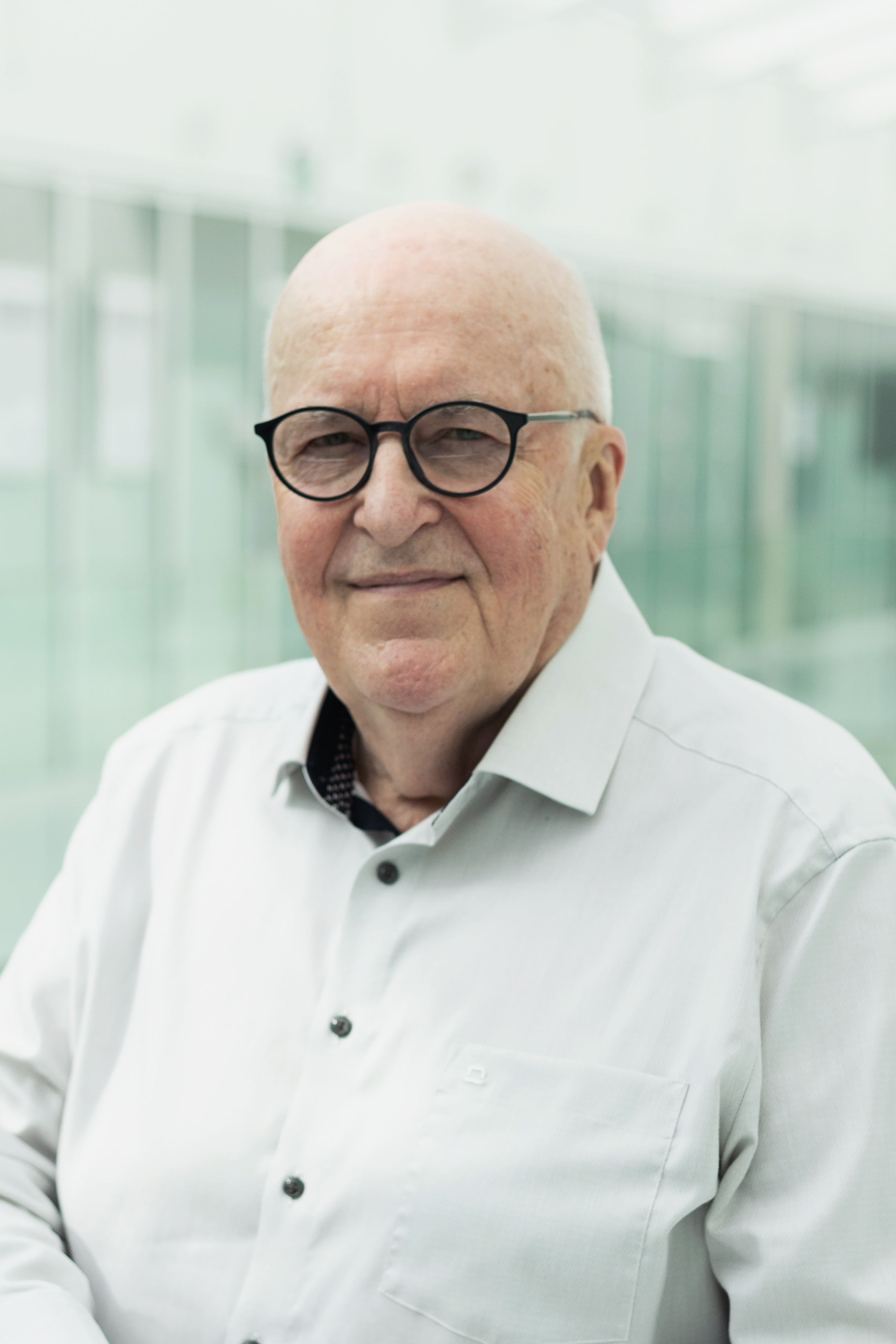Video Transcription

Arminas Ragauskas 00:02
I'm not a pitch man; I am a scientist, and because of that, my presentation will be a little bit different. But what is the global problem in cardiac surgery? We are using cardiac devices: artificial hearts, artificial lungs, and the heart-lung machine. That machine is perfect for cardiologists and cardiac surgeons, but that machine is dangerous for the human brain, and postoperative cognitive dysfunction and delirium are observed in an abnormally high percentage of patients. CPB (cardiopulmonary bypass) surgery procedures cause delirium, costing the US healthcare system approximately $2.5 billion each year. That's a great problem. Here you see the environment of cardiac surgery, and on the right side, you see the heart-lung machine with three pumps. You also see, somewhere on the screen on the right side, a little plug-in device, which was invented by us—by me and my team—very well patented, which converts the heart-lung machine from a brain-damaging device into a brain-saving device. The plug-in product, Brain Protect, is from our very young company. On the left side, you see the heart-lung machine, which pumps blood to the patient. You see the patient and a little white device, which is attached to the closed lead; it is our sensor or brain-specific brain monitor, Archimedes 02, which is used for monitoring the cerebral blood flow regulation system status. If cerebral blood flow regulation is impaired, we can have ischemia, and this ischemic impairment is a cause of neuron death. Neurons are dying at a rate of up to 2 million per minute. Because of that, ischemia is extremely dangerous for the postoperative condition of the patient. Other components include a blood flow controller, a modulator of blood flow, and also arterial blood pressure monitoring. Our software assists in decision-making regarding arterial blood pressure management, Brain Protect. This product is universal and fits into all existing infrastructures of heart-lung machines and also fits new products. Not going into many details, I would just like to inform you that we proposed a novel mode of operation for the heart-lung machine in order to manage brain perfusion according to the needs of the patient. We are introducing a precise, personalized medicine concept in this field of medicine. On the figure, you see a rectangular shape of arterial blood pressure caused by the rectangular shape of blood flow generated by the heart-lung machine. You see the reactions of blood flow in the brain. Reaction A shows autoregulation, which is intact. Reaction B is a very passive reaction, indicating that autoregulation is impaired, leading to ischemia or hyperemia. If we are able to monitor such signals in real-time—and we are doing that in just 15 to 16 seconds—we can see that autoregulation is impaired, and we can identify the starting moment of ischemic brain injury. What we do after that is recognize that ischemia means arterial blood pressure is too low for this individual patient. We automatically increase arterial blood pressure within seconds, stopping ischemia. We achieve this in seconds, not in minutes or hours. Because of that, we are able to decrease the incidence of postoperative complications. Okay, let us skip this. Here is a picture of our clinical study. On the right side, on the head of the patient, you see our Archimedes sensor. You see other sensors on the head. We conducted two prospective observational trials with 173 patients, and we found that we are able to reduce postoperative neurological problems by 60%, and we believe that we can even do better. What is our value proposition? We have an urgent and unmet need for advanced brain protection technologies during cardiac bypass surgery. Our product promises to reduce postoperative cognitive dysfunction and delirium by over 60%. For hospitals, the problem is the duration of patient stays. In the US, the average patient stay in the hospital this year is 4.5 days; if delirium increases, that stay can extend to 10 days. This is a challenge for hospital finances. Because of that, our value is truly valuable. That's something great for finances. Of course, we are adding value for everybody: healthcare providers, medical device manufacturers, and finally for patients, improving their quality of life. Our business model is that we are a very young company, established just one year ago. Because of that, we are discussing strategy and business models, but if we install our devices on the existing infrastructure of almost 20,000 heart-lung machines, we will generate income of €750 million or dollars. We have 1.5 million surgeries requiring heart-lung machines annually, which will generate approximately €400 million in revenues annually. It is an attractive place to invest. I need €5 million, but I will need that after one year. At the moment, I don't need investment; I am perfectly funded by grants and non-dilutive money. Our team includes a board of directors with two Americans. One is working for ScienceForBrain, a high-level executive at Stanford Health Care, a company with a capitalization of $7 billion. The other is working for Inari Medical, a company with a capitalization of $3.6 billion. They are both enthusiastic about developing this business, and because of that, I am also enthusiastic. My team consists mainly of my former doctoral students, and I have an international board of advisors. Thank you, and let's talk if you want to discuss your brain and heart. Thanks a lot! *applause*



